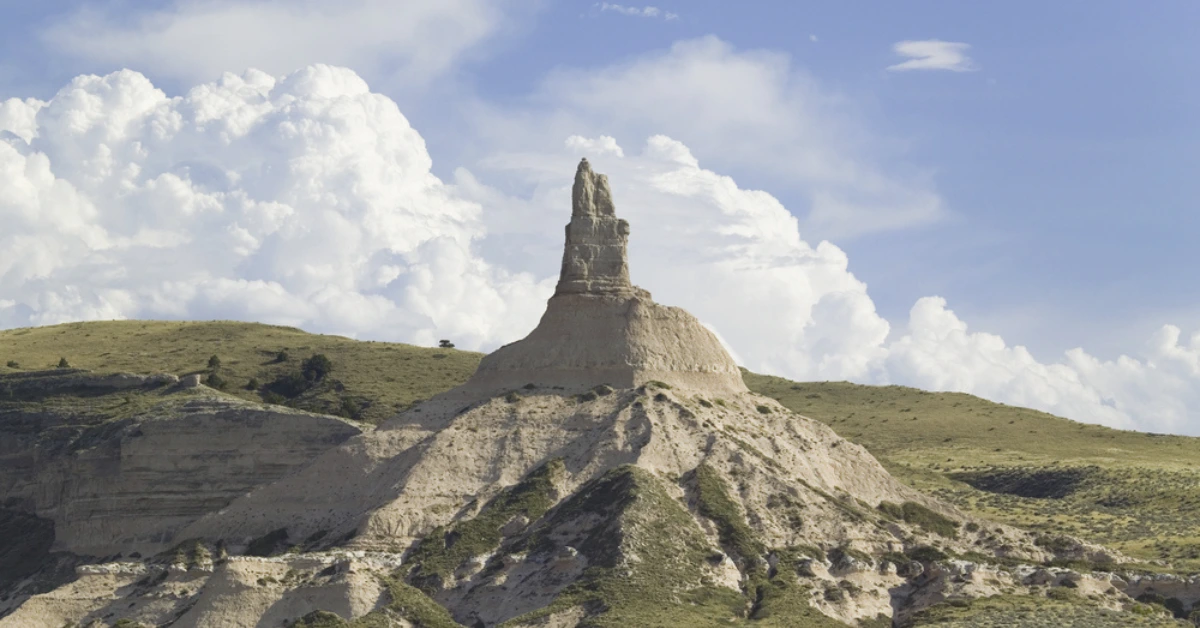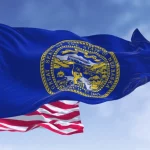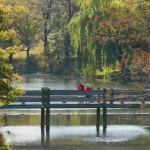On March 1, 1867, Nebraska became the 37th sovereign state of the United States. Situated in the midwestern region of the United States, the state is bordered by Iowa to the east, South Dakota to the north, Kansas to the south, and Wyoming to the east.
As most of Nebraska people live by the Platte and Missouri rivers, rivers are among the most important factors in Nebraska’s settlement and geography.
Nebraska is famous for its farmlands, music scene, and unique attractions. But did you know there are various historical sites in Nebraska worth visiting?
If you have never been to Nebraska, you should visit the place at least once. And if you are planning to visit soon, this article is just for you. Here, you will learn everything about Nebraska and more. So, stay tuned with us for more information.
Here are nine of the most beautiful places in Nebraska that have great historical value.
1. Chimney Rock Museum
Chimney Rock, the most well-known historic site along the Oregon Trail, was described as “towering to the heavens” by one pioneer.
Now there is a museum run by History Nebraska that honors those who actually traveled the trails with unique displays and a gift shop filled with one-of-a-kind items. The museum is open seven days a week from 9 am to 4 pm.
2. Neligh Mill State
Sift through the history of polishing in Nebraska and visit a mill still with its original 1880s equipment! The same Neligh Mill is a remaining symbol of the grist mills that once dotted the landscape of Nebraska. Neligh Mill is Nebraska’s remaining full-scale nineteenth-century flour mill with an interesting history.
3. Fort Robinson History Center
The Fort Robinson breakout, also known as the Fort Robinson massacre, was an attempt by Cheyenne captives to flee the United States troops during the winter season in 1878-1879 at Fort Robinson in northeastern Nebraska.
The army chose to leave Fort Robinson in the year of 1947. The historic post was given to the US Department of Agriculture as a beef research station. Fort Robinson was decommissioned as a military installation in 1948 after 74 years of service.
4. Thomas P. Kennard State
The Kennard House, built by Nebraska’s first state secretary, is the oldest building on Lincoln’s original plot. It was renovated as Nebraska Statehood Monument in 1967 to commemorate our centennial. It was erected as a representation of hope by Thomas P. Kennard.
The mansion was among the first prominent structures completed in Nebraska’s new capital, Lincoln, in 1869. It was built in the lavish Italianate style planned by Chicago architect John. K. Winchell to restore faith in the fledgling metropolis.
After being sold in 1887, the house took on various new identities: sorority or fraternity, single-family apartment, boarding house, and private boys’ home.
The home was designated as the “Nebraska Statehood Memorial” in 1965. The NSHS was tasked with restoring the mansion and translating the dreams for a new capital into a new state that it embodies.
5. John G. Neihardt State
The John G. Neihardt State Historic Site is committed to maintaining Neihardt’s literary quality, fostering a strong interest in history, raising educational standards, and inspiring artistic works.
John G. Neihardt, Nebraska’s Poet Laureate in Perpetuity, is the author of various poetry collections such as “Cycle of the West,” “Black Elk Speaks,” and many more.
The site comprises of a visitor’s center with a museum, research library, special displays, historical research, and the Sacred Hoop Prayer Garden.
6. Senator George Norris State
George Norris changes the lives of the people of Nebraska. He transformed Nebraska’s government by persuading residents that each unicameral legislature would best serve them.
Norris served in Congress for more than four decades. And he altered not only Nebraska but the whole United States. Norris supported the Rural Electrification Act because he felt everybody should have electricity access.
7. Nebraska History Museum
Nebraska History Museum is a small museum with much potential. There are a total of 3 floors of the display, and the second floor has exhibitions of Nebraska history which are a must-watch. This museum is located on Centennial Mall and P Streets in downtown Lincoln.
8. Nebraska Historical Marker Program
Before 1961, historical markers had been constructed in Nebraska, but they were the product of local initiatives, or, in the instance of the granite Oregon Trail markers set in 1912-14, of collaboration between the Nebraska State Historical Society and the Daughters of the American Revolution.
It wasn’t until 1957 that the state legislature decided that commemorating Nebraska’s historical places was too important to leave to chance.
The measure approved that year delegated that role to a council of three state officials, but a lack of funds and the members’ other responsibilities hindered much engagement.
9. Heritage of Red Cloud
Red Cloud, one of the republican valley’s oldest communities, was founded in 1871. Red Cloud was elected as the initial nation’s seat in the first election on April 19, 1871.
Silas Garber’s dugout hosted the election. During the 1880s, Red Cloud served as a railroad division center. Willa Cather’s childhood home, Red Cloud, is well-known worldwide as the premise for many of her multiple short stories and various Nebraska novels.
Conclusion
You will find many other historical places in Nebraska if you browse more. But in this article, we have listed the must-visit historical sites of this beautiful state. So if any of these nine places piques your interest, you must note it down and visit the site whenever you are in Nebraska.




